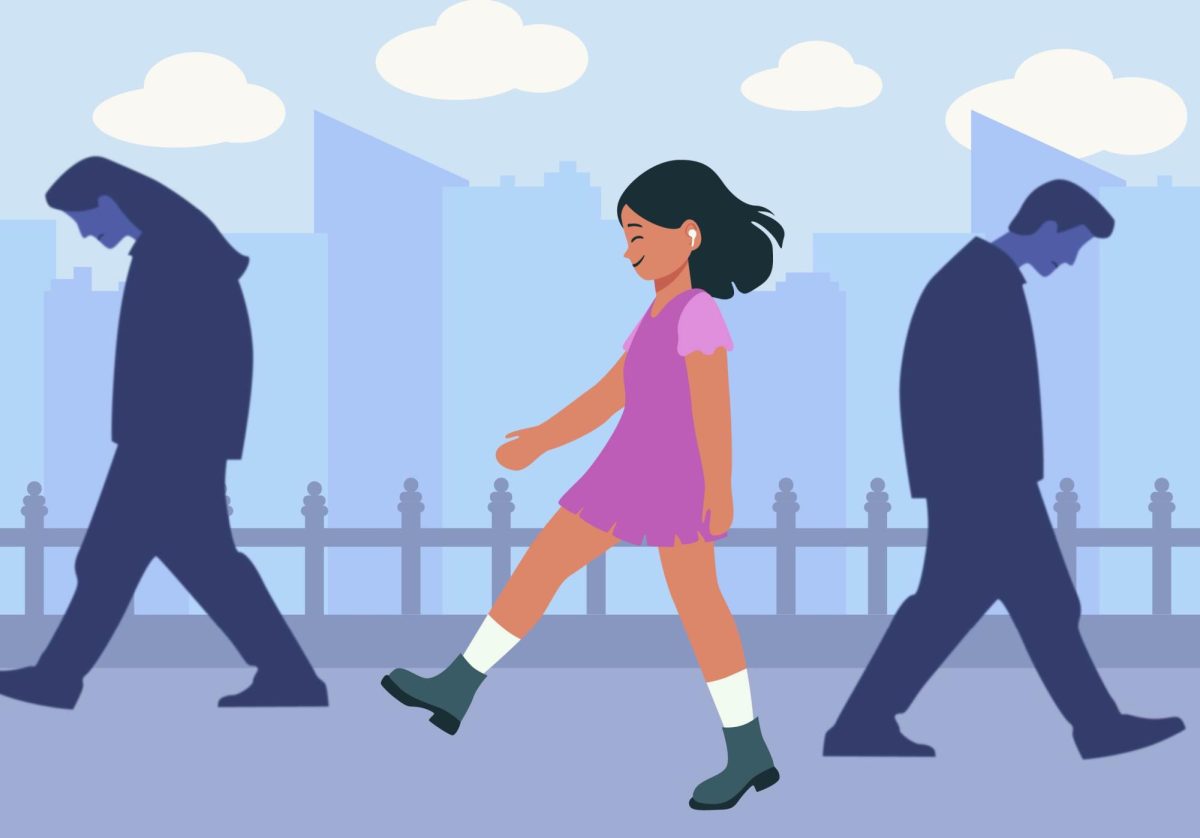It is officially December, meaning we have unofficially entered our winter months. Between single-digit or subzero temperatures, slim amounts of daylight, and icy sidewalks, it can feel like there is little to celebrate during our coldest season.
Winter is often associated with a sense of dread and hardship, and often for good reason. Our bodies crave sunlight and warmth, and in winter we have the least amount of that.
Spring flowers are far away and none of our obligations seem to let up. In fact, with finals, end-of-the-year deadlines and family commitments, they seem even more amplified.
Even the phrase “winter is coming” from the popular HBO show “Game of Thrones” has become a modern-day metaphor for preparing for the worst or hunkering down for what is to come.
However, it doesn’t have to be this way. The longer nights and lower temperatures can allow us to slow down. To live life at a quieter pace.
Slowing down can seem counterintuitive. Productivity feels like the only measure of our worth, and we are often rewarded for how much we seem to get done. The world doesn’t stop just because it is cold.
But, looking around during the winter, the earth itself can give us some cues.
Plants become dormant, leaves fall off branches and animals enter hibernation periods. All around us, nature seems to move slower and conserve energy — taking time to be still. We might as well learn to participate. Hibernation doesn’t just have to be for the bears.
Ellie Reuter, a first-year student at the University of Minnesota, said she usually gets more rest in winter.
“I generally get more tired because the sun goes down earlier, but I also get more sleep,” Reuter said. “I go to bed a lot earlier which is good.”
The slowness of winter is not just about rest. It can also be about intentionality.
Winter carries an aura of bareness. Bare branches and barren ground. But this is an opportunity for us to focus on the things that matter most and to be more mindful of our time.
One example of this is the Scandinavian term “hygge,” which can be loosely defined as a time to slow down and be cozy with loved ones or community members. Hygge can be felt anytime but is especially relevant in the winter months.
Scandinavian countries have some of the happiest populations in the world as well as some of the harshest winters, so maybe this idea is something we can all employ.
Winter allows us to focus on some of our simple pleasures — a cup of hot chocolate or cider, the crunch of fresh snow, the glow of holiday lights or even the ability to take an afternoon nap without the guilt or fear of missing out on things.
The moments that are often overlooked otherwise can bring us so much joy. Just because winter is still doesn’t mean it can’t be full of life. Maybe just in a quieter way.
If nothing else, winter gives us time and space to be cozy.
As the temperatures continue to drop and the days continue to shorten, maybe we can instead look at these winter months as a time to enjoy, as opposed to a time to endure. Whether through hygge or hibernation, the winter season can be a gift.
It is a time to rest and recharge. A time to hold on to the little joys and forget what the fear of missing out feels like for a few months. A time to reconnect with our communities, but also ourselves.
Despite the harshness of the season, perhaps we can be more gentle with ourselves.
Even in the cold, we can still create our own warmth.














